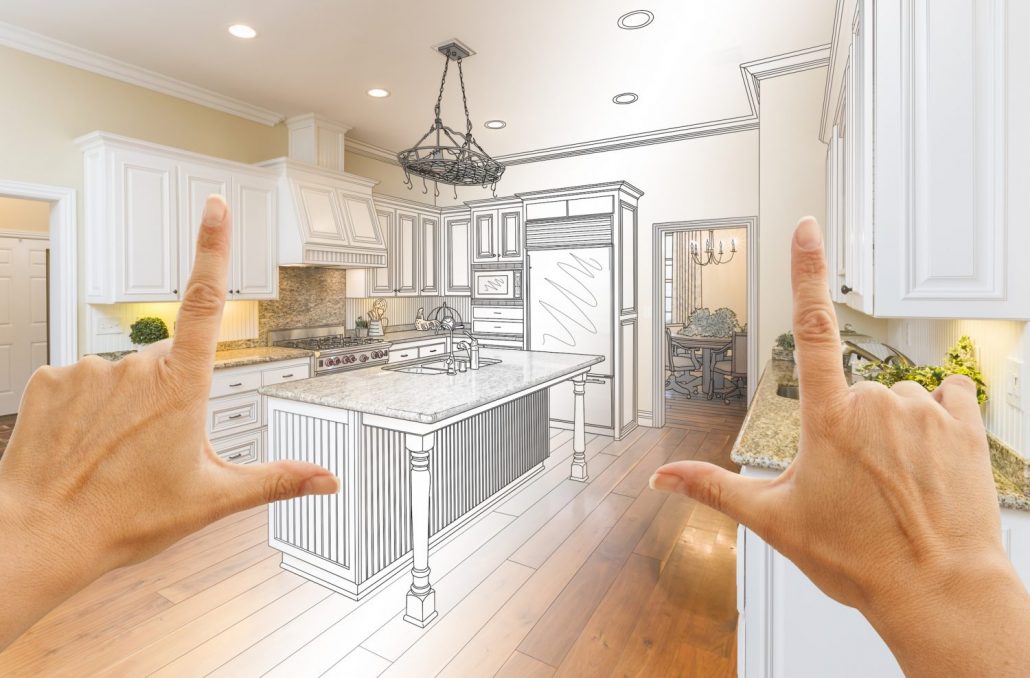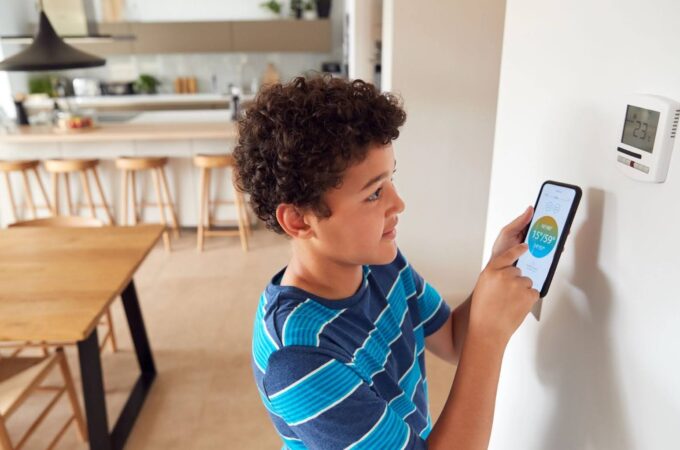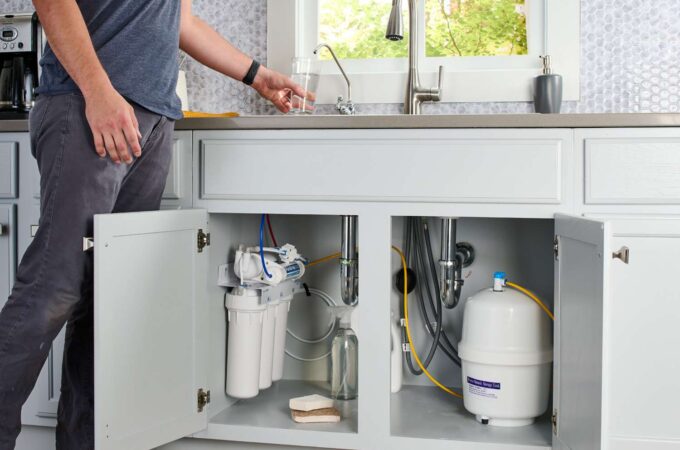
How to Budget for Home Renovations
Spring is around the corner and winter is finally starting to retreat back to the Arctic; so it is no some wonder that most people are itching to shake off the winter blues by transforming their home. Not only can home renovations add market value to the residence, transform the living areas; it can also become a necessity with the changing seasons as the ice melts and snow disappears. Moisture can wreak havoc on building materials and gardens, leaving them in disarray and need of repairs. There might have been concrete cracking, wood splitting, and even siding loosened on your home.
The main reason that people tend not to complete their home renovations, however, is the cost. Materials have risen in cost in recent years, along with virtually every other expense, and most people find their wages have stayed the same. It is easier to budget for household expenses and monthly bills then it is major renovations.
There are ways to avoid feeling this pinch and that is what we are going to focus on today – how to budget for home renovations. While it can be difficult, it shouldn’t be impossible.

Step One: Determine a Budget for Each Room
The very first thing to determine when creating a home renovation budget, whether the renovations are going to complete during the next calendar year or when budgeting for a renovation that may arise due to an emergency; is to create a budget for each room the home. The budget for a kitchen would need to be slightly higher than that of a bedroom or recreational room due to the numerous appliances that would have to be updated.
Generally, a kitchen renovation would require a budget in the tens of thousands whereas the bedrooms, living rooms and playrooms/recreational rooms would require a budget in the thousands range. Bathrooms can be in the tens of thousands depending on if bigger items needed to be replaced such as plumbing, tub enclosures etc.
Contact the different contractors needed for the various parts of the home, if required, and request a quote for what you have in mind in terms of a renovation.
Step Two: Determine the Condition of the Home
Determine the existing condition of your home. Is your home an older abode that has a lot of the original fixtures, wiring, and appliances? Maybe certain rooms of your home have been renovated already and given an upgrade. These all play a part in your budget for home renovations.
It is always important to hire a professional to check things such as wiring and fuse boxes before adding any modern or updated appliances to ensure that the current wiring system can handle them without suffering an overload. These surges in power and overloaded fuse boxes are the cause of the majority of house fires due to wiring.
Step Three: Don’t Forget the Outside
When it comes to home renovations, people tend to automatically think this means the indoor rooms of the home. This isn’t always the case, however, when it comes to renovating the exterior of the home and replacing the shingles, siding, driveway and even the windows and doors of a home. The outside of your home is the first line of defense against the elements that can cause premature aging or major issues.
Step Four: Don’t Renovate Outside Your Means
Home renovations are not important to the point that other areas of your life have to suffer. The only budget within your means and use the extra money to create these budgets. Look into high-interest savings accounts available through your local bank that will earn more interest on your investment than a traditional savings account. Set up a Bond-style account with automatic deductions that cannot be accessed through a bank card but instead must be requested through the bank and can generally take up to three business days to receive.
Look into homeowners lines of credits that can be activated within the same day of requesting it to be so in the case of an emergency repair. Have a yard sale and invest the proceeds towards new items that can be useful in your home renovation.
Maintenance
- One of the easiest ways to budget for home renovations is to complete basic maintenance tasks that prevent the need for an emergency renovation. These basic maintenance tasks could include but are not limited to:
- Replacing any loose shingles on the roof of your home and adding more weather resistant tar to ensure that all shingles have securely adhered to the roof.
- Creating drainage trenches near doorways, especially to a basement, to prevent water runoff during the spring as the snow and ice melts.
- Shoveling large amounts of snow and ice away from doorways and concrete walkways during winter months to prevent leakage and the concrete absorbing moisture which contracts and expands during milder days – this is what causes the walkway to split.
- Visit backyardboss.net to read about the best snow shovels to buy in a wide range of pricing.
- Remove any loose limbs from trees surrounding the property in the case of a severe winter storm that consists of heavy snowfall and high winds.

Conclusion
Home renovations can happen out of the blue or be a planned project but whatever the case, they are expensive. People work extremely hard for their money and most have it budgeted down the last penny to ensure a decent quality of life. While there are always savings for medical expenses or emergencies, people tend to forget that some home renovations fall into the emergency category. If there is a leak in your home, or missing shingles on the roof, or damage in the internal structure; these can present a major safety issue.
So with a bit of time, effort and basic maintenance tasks like those we just discussed; a home renovations budget should not be out of reach! After all, our homes are where we relax, lay our heads at night and spend our time making memories with family and friends.




